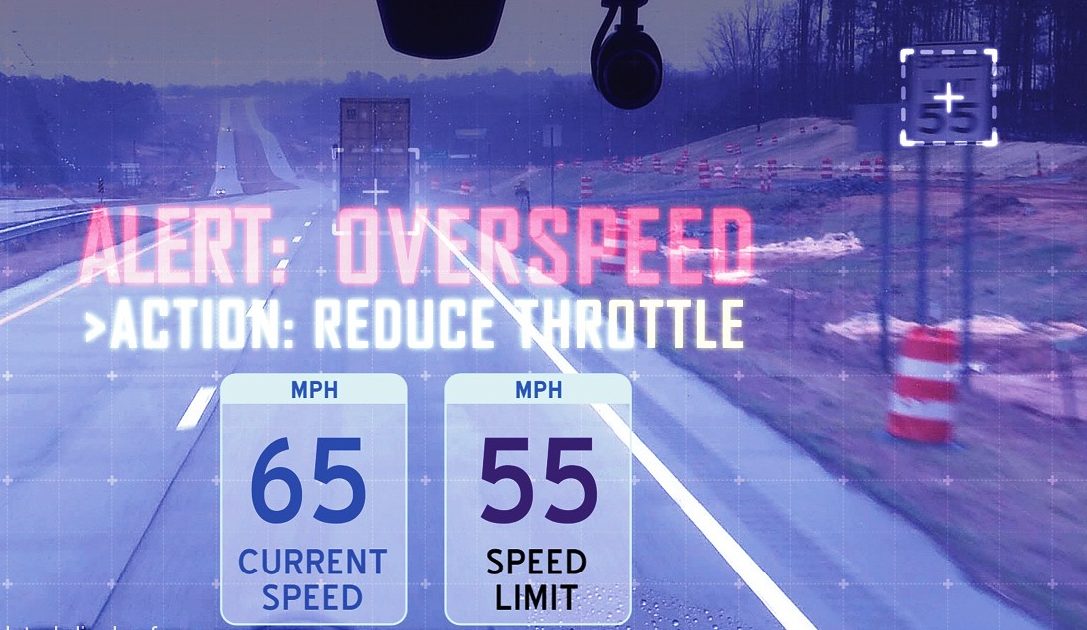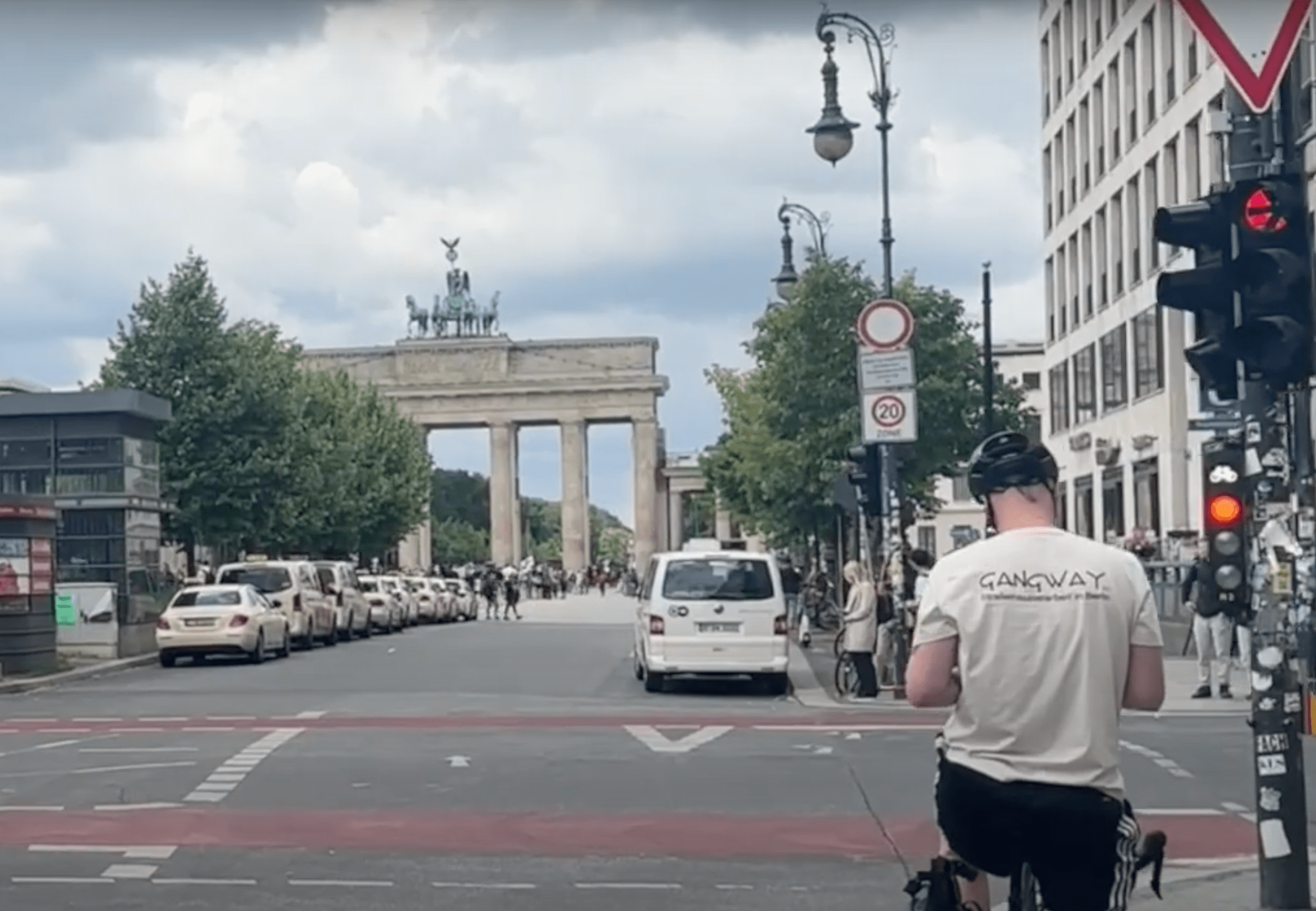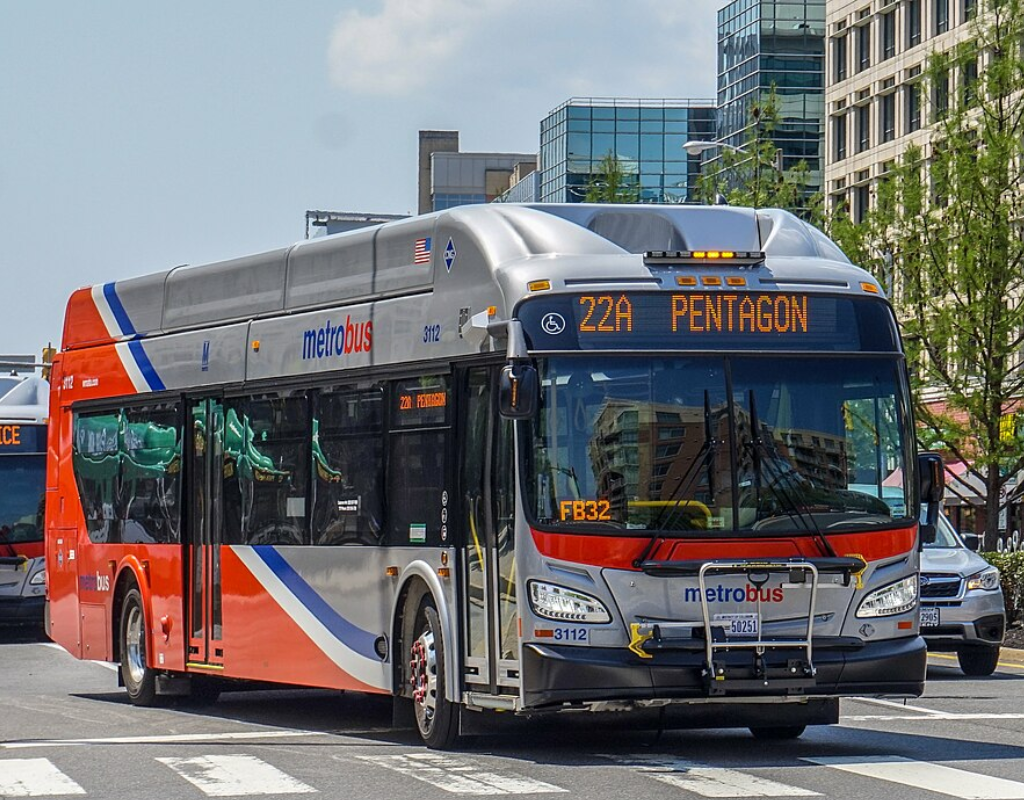Europe's historic new vehicle safety requirement, which could radically reduce road deaths in high-speed crashes, is doable here, too — if communities stand up and demand it, supporters say.
Effective today, every new car sold in the European Union must be equipped with an Intelligent Speed Assist system that automatically senses the surrounding speed limit and sends drivers an alert to slow down.
That little nudge, the European Safety Council estimates, may be enough to reduce collisions by 30 percent and deaths by 20 percent, despite the fact that drivers can override the alerts and no country is currently requiring an "active" version of Intelligent Speed Assist that automatically throttles a vehicle's speed to comply with local laws.
Both active and passive versions of ISA are only possible because of recent innovations in digital mapping and location data technology, which senses local limits by combining things such as on-vehicle camera images with local government data when signs are unreadable or confusing to AI, like "School Zone Ends" signs that don't include an actual number. And some of the leading manufacturers of that technology say that there's nothing technically stopping those systems from going mainstream in the U.S., too — and more and more, there's not much political resistance, either.
“There is a growing recognition among drivers of the need to curb speeding," said Sjoerd Spaargaren, product marketing manager for HERE Technologies, in a statement to Streetsblog. "This shift in public perception is critical.”
If Spaargaren is right, that could mean that America is poised to make good on the National Transportation Safety Board's recommendation last year that the US adopt an ISA mandate of its own — or at least take steps towards normalizing the tech so a mandate is more feasible.
And we might not have to do much. One recent study which found that more than 60 percent of U.S. drivers would already accept a passive ISA system on their cars, with nearly as many indicating they'd even be OK with an active version that automatically throttles their speed. That might have to do with how much ISA and other speed-awareness technology is working its way into new cars, including speed limit advisories on dashboards or infotainment screens that don't come with a visual, auditory, or tactile alert like increasing resistance on the gas pedal, but easily could.

Even among drivers who don't understand that high speeds kill — or who simply don't care — those systems can be sold as a tool to avoid tickets in "speed traps" where the local local limit drops suddenly despite road design cues that otherwise signal it's OK to go fast. That kind of thoughtful marketing that emphasizes the benefits of ISA to drivers themselves could go a long way towards encouraging motorists to adopt the tech on their own — and eventually, convincing regulators that American drivers would accept a full-scale mandate.
At the municipal level, some governments are already beginning to view ISA as more deliberate road safety tool, with New York City already making plans to expand a pilot program that put active ISA on a small number of city-owned vehicles. And at the state level, governments are successfully arguing for the public health benefits of curbing speeds, with California already on track to pass a bill that would require passive ISA when drivers go more than 10 miles an hour over the limit.
Similar state and local pilots and laws could provide the proof concept federal regulators need to take ISA national.
Of course, relatively weak ISA laws like California's proposed policy might not seem satisfying to street safety advocates, who understand that even a few miles per hour of additional speed can mean the difference between life and death for pedestrians — especially when legal limits are already set dangerously high. And others are already expressing disappointment with the idea of a passive systems taking center stage when we already have the ability to physically stop drivers from braking speed laws.
Still, experts argue that even marginal speed reductions can have exponential benefits, and advocates would be wise to embrace imperfect versions of ISA for now even as they fight for better ones.
"The beauty of a speed limiter is that the benefits for safety actually extend beyond the vehicles that have it installed," David Zipper told Streetsblog in a 2022 interview. "Especially in an urban environment where you have limited road space, one car going the speed limit is going to force all the cars behind it to go the speed limit as well ... I actually think it's fantastic to have a certain group of cars with ISA installed [driving alongside] cars that don't have it."
If America can take steps like these, Spaargaren is hopeful that ISA can become commonplace on worldwide roads — and eventually, a US law.
"The automotive industry is undergoing rapid change these days, and it’s positive to see the focus on reducing injuries and fatalities on the road from the public, legislators and automakers," he added. "As we enter a new era in automotive technology, the integration of ISA represents a first step toward less crashes on the road.”






